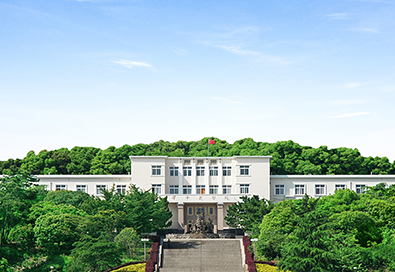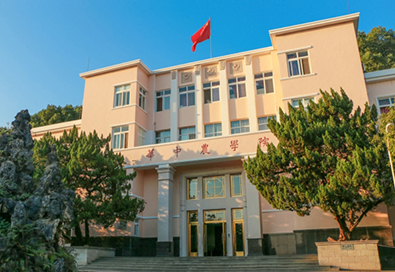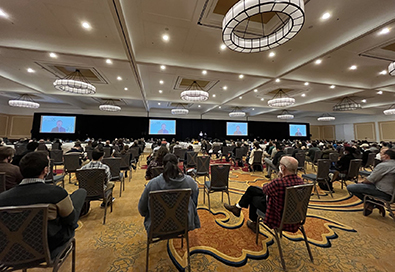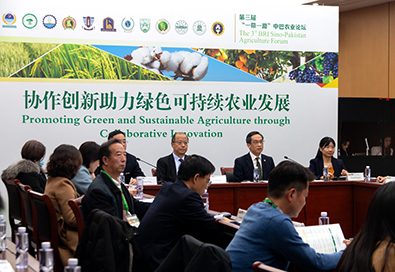On October 31, Prof. Chen Zhenxia's group from the HZAU Precision Nutrition and Metabolism Team published a research paper in Nucleic Acids, entitled "EndoQuad: a comprehensive genome-wide experimentally validated endogenous G-quadruplex database". It identified endogenous G-quadruplex (eG4) in vertebrate genomes systematically, with a focus on exploring human eG4's sequence characteristics, confidence levels, evolutionary conservation, functions, and potential applications in combating diseases and cancer. Moreover, a comprehensive database called EndoQuad has been established, laying a foundation for further investigation into the mechanisms of eG4.
Being a carrier of genetic information, DNA also has other structures except for the typical B-form double helix structure, such as eG4. eG4 is a higher-order structure formed by four guanine bases stacking through Hoogsteen hydrogen bonding. It is widely involved in fundamental biological processes, including DNA replication and gene transcription regulation. Moreover, it plays a crucial role in the development of cancer, thus having the potential to be the therapeutic target for this disease. However, most studies on eG4s currently are based on potential G4 sequences predicted by bioinformatics, which may not form real eG4 structures in cells. Some studies have developed eG4-specific antibodies based on G4 ChIP-seq methods in a bid to recognize eG4 in cells. But with the strong dynamic nature, eG4s cannot be obtained all through a small number of samples. Therefore, based on all publicly available G4 ChIP-seq data, this paper identified eG4 in three vertebrate (human, mouse, and chicken) cells in a systematic manner and analyzed their functions.
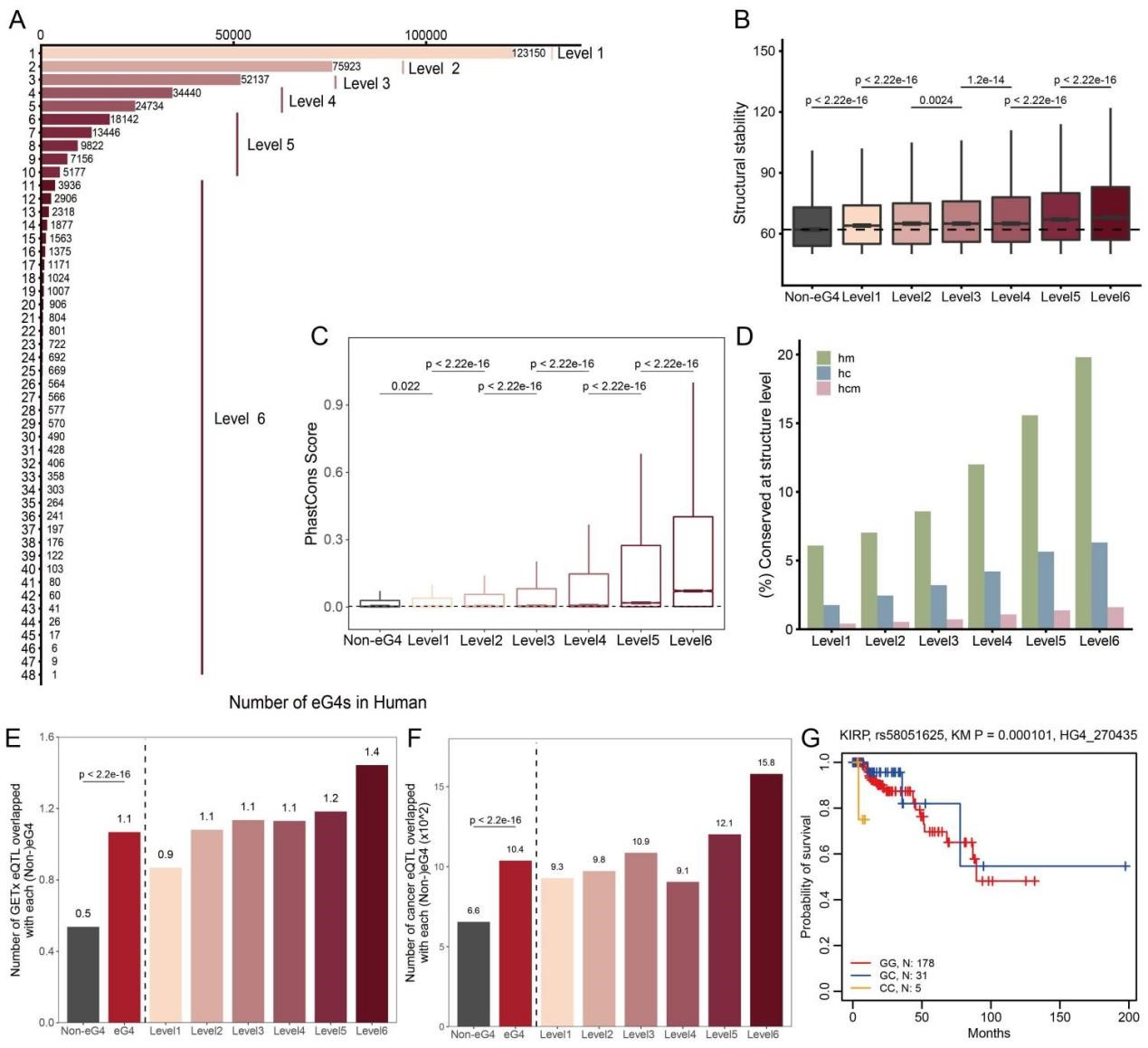
Figure 1 confidence levels and regulation of eG4
Firstly, the researchers manually curated all G4 ChIP-seq/CUT&Tag data and processed them with a unified workflow to obtain eG4 peak which was then intersected with the bioinformatics-predicted potential G4 sequences to obtain accurate eG4 annotation information. Based on these annotation sets, researchers found that eG4 shows strong cell specificity, that is, a large number of eG4s appears only in one or a few types of cells. To avoid errors brought by high-throughput sequencing, researchers grouped eG4s based on their occurrence, and eG4s that appeared in multiple cells had higher confidence levels. The result showed that eG4s with higher confidence levels had higher structural stability, sequence conservation and structural conservation. Moreover, they gathered more in open chromatin regions and could be regulated by a larger number of transcription factors. These findings indicate that eG4s with higher confidence levels are subject to stronger natural selection constraints and are involved in more complex transcription regulation processes. Therefore, they are more likely to be functional and are prioritized candidates for subsequent functional studies.
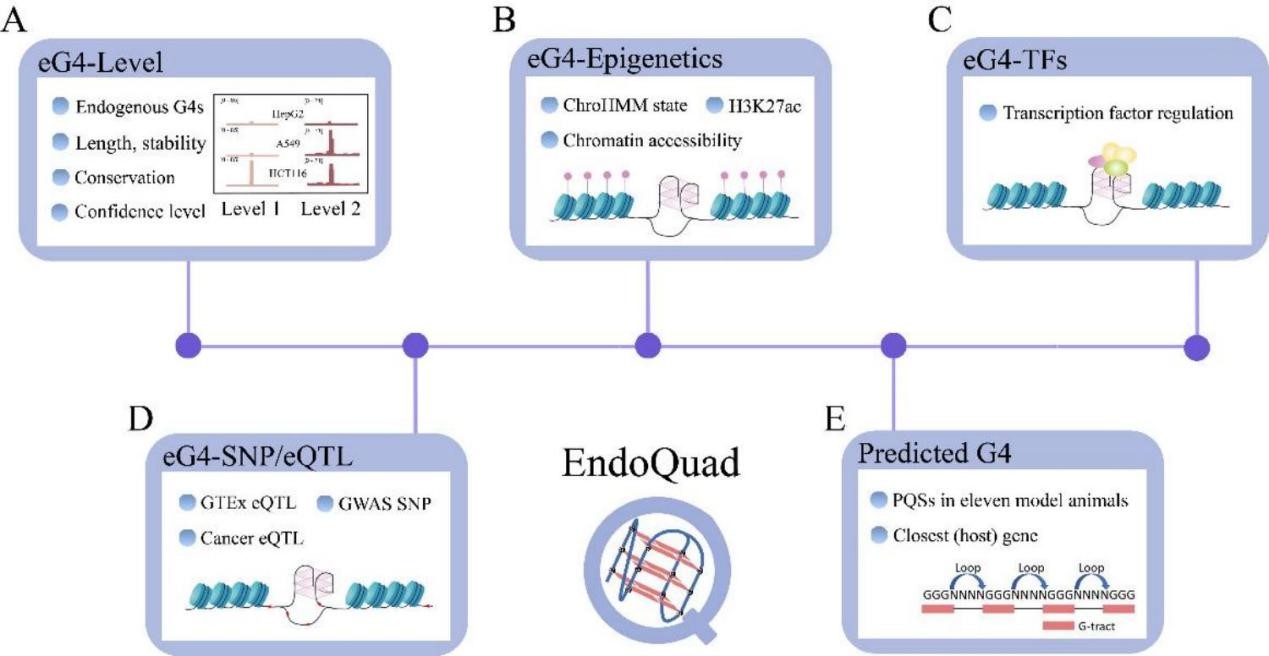
Figure 2 Confidence levels and regulation of eG4s
The research team found a high co-localization between eG4s and SNPs (Single Nucleotide Polymorphisms) and eQTLs (Expression Quantitative Trait Loci) as well, which meant that eG4s with higher confidence levels overlapped more with eQTLs associated with survival periods. This suggests that eQTLs, in which guanine G mutated into other bases may disrupt the eG4 structure, thereby affecting transcriptional regulatory processes and ultimately impacting patients’ survival. Lastly, the researchers created a comprehensive database called EndoQuad for eG4s in vertebrates, benefiting others in accessing and utilizing the reference annotation set of eG4s and eG4-mediated regulatory data (Figure 2).
Qian Sheng, a Ph.D. graduate from the College of Life Science and Technology and the College of Biomedicine and Health, along with Shi Mengwei and Xiong Yuli, a Ph.D. student and a master’s graduate from the College of Life Science and Technology respectively, were the first authors of the paper and Professor Chen Zhenxia was the corresponding author. This project was funded by the Hubei Province, Hubei Hongshan Laboratory, the Fundamental Research Funds for the Central Universities, and the HZAU-AGIS cooperation fund.
Research Paper:
https://academic.oup.com/nar/advance-article/doi/10.1093/nar/gkad966/7334091
Source: http://news.hzau.edu.cn/2023/1101/68235.shtml
Translated by: Zhu Mengjiao
Proofread by: Dong Wenli
Supervised by: Wang Xiaoyan


